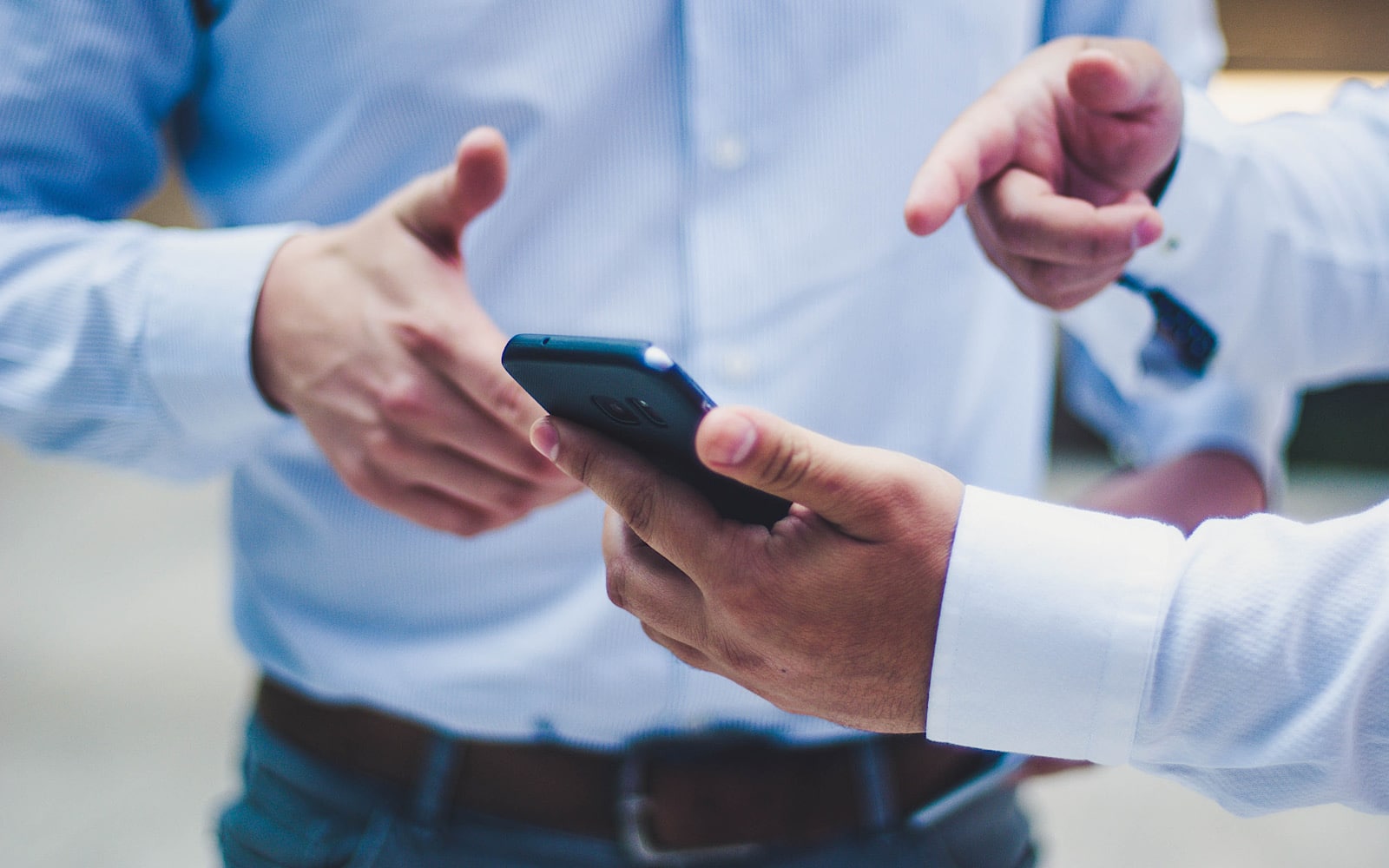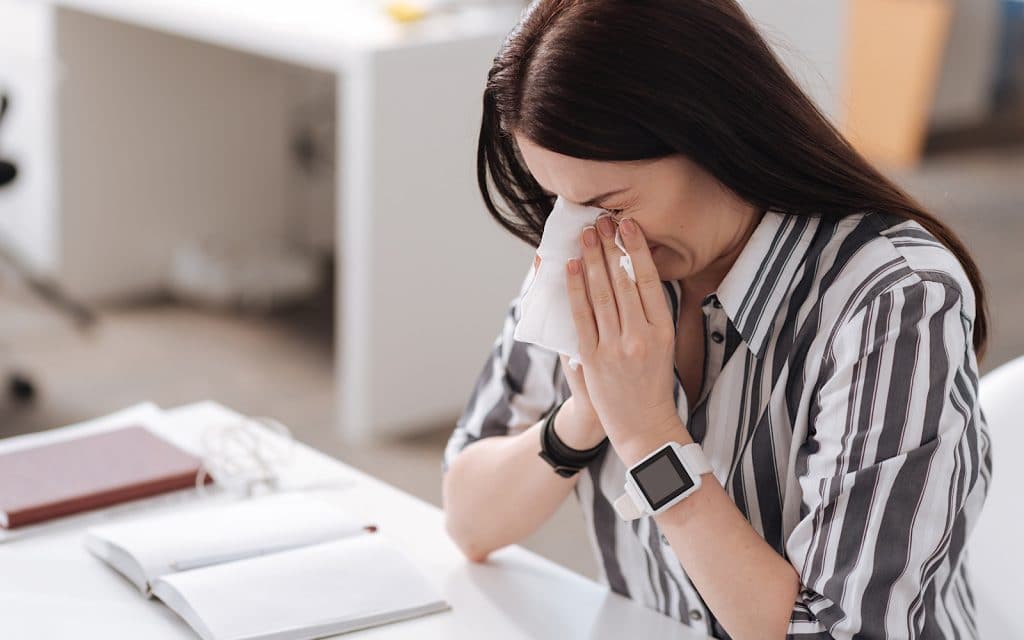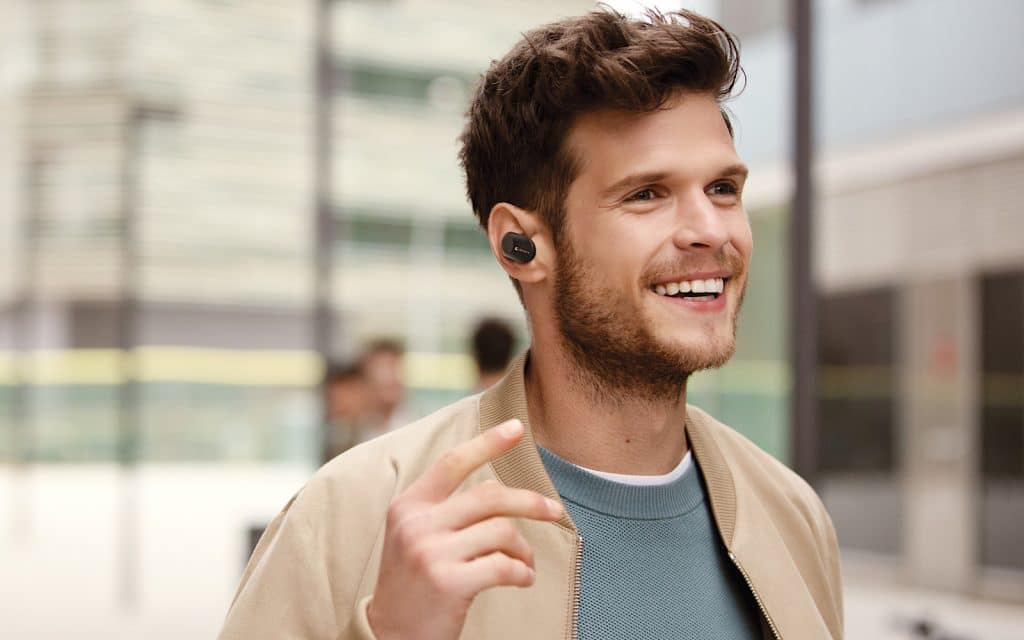Worried about the COVID-19 coronavirus from landing on your phone? Here are some tips to clean your phone and keep it germ free.
The COVID-19 coronavirus is certainly making an impact on the world, and now you need to be more mindful of how you handle yourself. Washing your hands regularly and trying not to touch your face are parts of that, but one device regularly sees both our hands and our face, and it’s one you shouldn’t share.
While not a digital virus, a smartphone could become a host for viruses like influenza and the coronavirus, simply because water droplets and particles are how these are transmitted, and when you speak into a phone or near a phone, take a guess what you’re expelling and where they’re likely to land.
It’s not that you can get a virus from your phone, either, but rather that other people might inadvertently give one to you in the process.
In a world that has moved on from handshakes for the moment, replacing it with the awkwardness of an elbow kiss (and even that may not be the best idea), the last thing you’re going to want is to up the stakes by letting someone accidentally and without realising it expel water droplets from their mouth onto your phone.
As of yet, there’s no specific time as to how long COVID-19 can survive on surfaces, though the World Health Organisation suggests it behaves like other coronaviruses, which can mean up to several days. That means if someone with COVID-19 ends up spitting or sneezing on your phone, it could be there for a few days.
The problem with this is you might not know someone has coronavirus, but as small a chance as it is, there are steps you can take to limit any chances of infection from your phone, not just from this illness, but from others transmitted by water droplets expelled by others.
Don’t give your phone to anyone else
The most obvious of ways to not turn your phone into a surface that any virus or bacteria can latch onto is to not hand your phone to anyone else, a concept which seems easy to master, but may be harder than you think.
Thinking of showing some pictures to a friend? Watch as they instinctively try to point at and grab your phone.
How about showing a friend a website, or a business idea? Again, watch as their fingers dart out and try to touch your screen.
Unfortunately, this is the sort of behaviour you don’t want during flu season, particularly one as bad as the COVID-19 coronavirus, so either pull your phone away or hold up a hand to stop them. Or just yell out “NOPE” and see what happens.
Your phone is your device, and that means no one should be touching it, particularly if it’s a place holding your own brand of particles, like those that come from your mouth.
Instead, if you’re showing a friend photos, send them the photos on a messaging app, or send them a link to the photos online. And if it’s a website or a business idea, maybe use the same logic, and harness the power of the internet to send them these things.
The less someone has a chance of touching your screen, the less likely you have a chance of something on the phone that shouldn’t be there.
Don’t sneeze into your phone
A tip so obvious we shouldn’t have to put it here, but here goes: your phone is not a handkerchief, nor is it a tissue, so don’t sneeze into your phone.
There’s no app for that, and so if you sneeze into your phone, maybe because you have no tissue around, it’s not the best of ideas.
Instead, use your elbow if there’s no tissue, and wipe down your arm afterwards if it was messy.
Don’t keep your phone near used tissues or handkerchiefs
Likewise, if you have used tissues, throw them out. Don’t keep them, and definitely don’t store them near your phone.
It’s not that you should be concerned about bacteria or viruses jumping from one to the other, but if they’re in a bag or pocket, they’ll almost definitely see some contact, and then you need to deal with cleaning your phone properly.
Clean your phone
Cleaning your phone is one way to at least deal with any possible nasties sitting atop the screen, though you may need to look beyond the micro fibre cloth you possibly use to make it look less grubby.
Unfortunately, a cleaning cloth won’t get rid of germs by itself, and if you resort to window cleaning solutions or alcohol-based options, you may end up damaging the screen.
There’s also the option of a UV-based cleaner, though at around the $100 mark and over in Australia, it’s not going to be a choice we’re all lining up to try.
Instead, you might want to turn to something recommended for skin: soap.
Yes, that very thing we’re being told to use when we regularly wash our hands can also be used to clean the front and back of a phone, though depending on your phone, there are two ways of doing it.
If you have a water resistant phone, you can run it under the tap, but there’s an easier approach that works on all phones: a damp cloth with soap.
A slightly damp cloth with a bit of soap is suggested by at least one manufacturer, and will let you wipe down your phone’s front and back, which should clear it of germs, though we’re not sure if viruses will be completely gone. Essentially, do this, but don’t let it get in the way of other things you’re doing to prevent infection and transmission, including regularly washing your hands and doing what you can do to not touch your face as often.
Consider antimicrobial protection
If you get to a point where you need to pass it around, you may want to consider antimicrobial protection, which is basically an antibacterial layer for your phone.
It’s a concept that could help reduce bacteria, though the jury is still out on whether the antimicrobial cases and screen protectors can prevent a coronavirus.
While the technology can reportedly reduce bacteria by up to 99% in two hours, it’s not yet known if it would make a dent on the viruses we’re all concerned about.
We asked a few manufacturers whether the antimicrobial protection being produced would prevent or kill coronavirus, but as yet, no one has come back to us.
As such, this might be one of those things worth trying, but we wouldn’t bet on it to save your life. Keep washing those hands, folks, and you might want to try one other thing.
Use a Bluetooth headset
It goes without saying that the less time you have your phone out, the less you’re likely to have random spittle and droplets land on its touchscreen display. If that happens and you lift the phone to your face, shock horror, you’re bringing those droplets within reach of your eyes, nose, and mouth, which are the main entry points for infection.
So you can do something to cut the middleman out: use a Bluetooth headset instead.
By switching to a pair of wireless headphones or a set of earphones, you won’t have to lift your phone to your face, helping to prevent any germs from reaching your head.
There is no app to prevent a physical virus
And finally, repeat after me: I will not look for random apps or trust websites advertising an app that promises a cure for the coronavirus.
Simply put, there are no apps that can fix a physical health-related virus. While we have plenty of internet security and antivirus solutions for computers, and more than a handful for phones, none of these have anything to do with an infection you can actually receive as a human, and are likely loaded with something else.
Apple and Google are both reportedly doing something about the apps purporting to cure coronavirus, but if you see them, don’t believe the blurbs and just move on. There’s a greater chance of these fake apps leaving you with a digital virus than fixing a real physical one.









